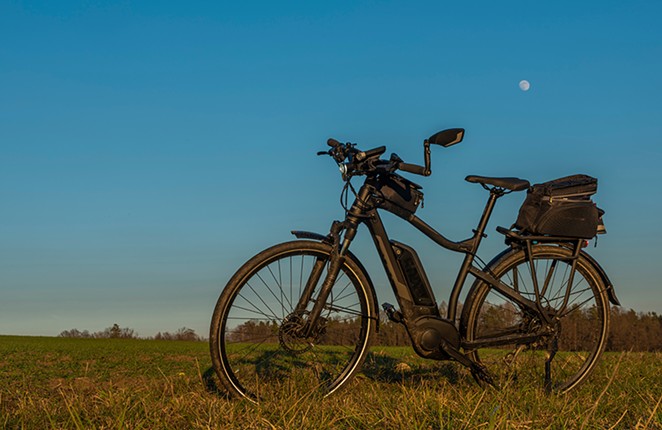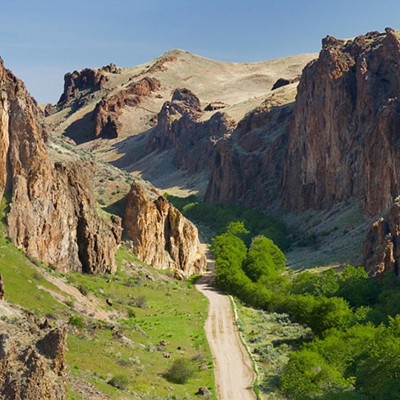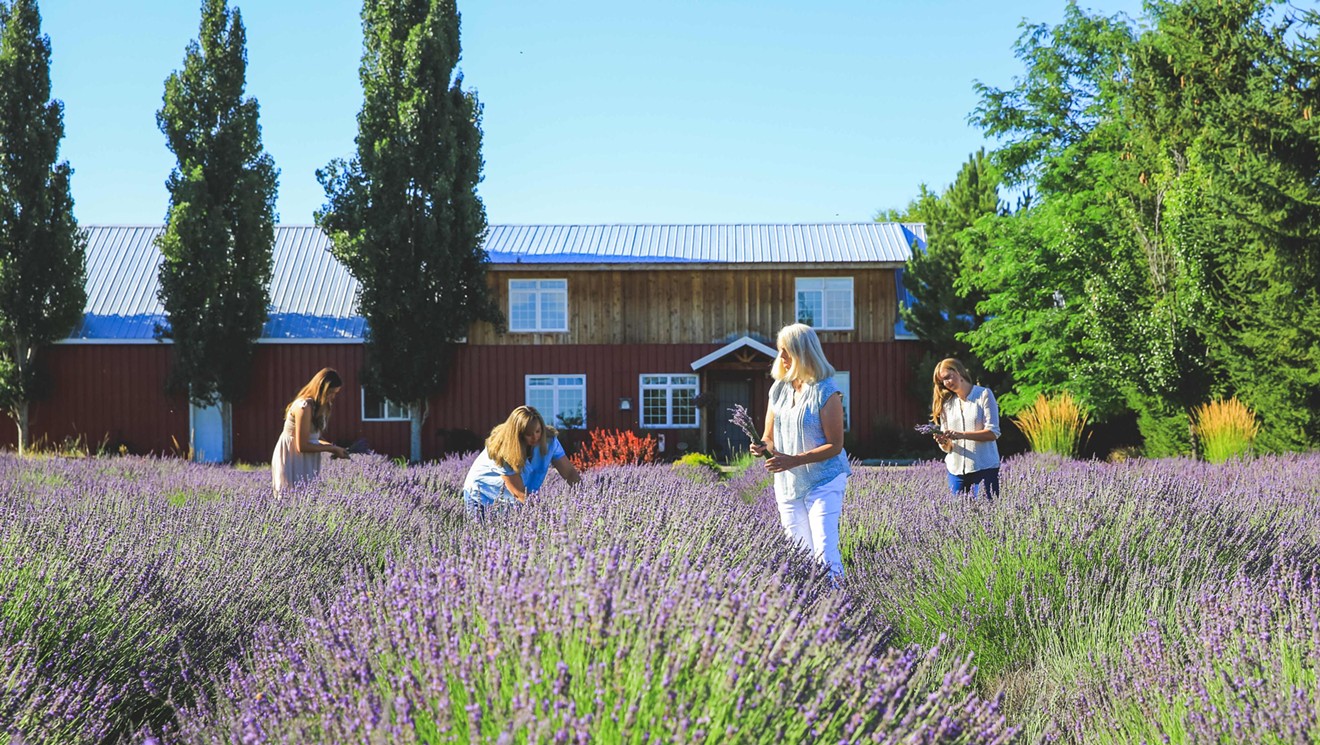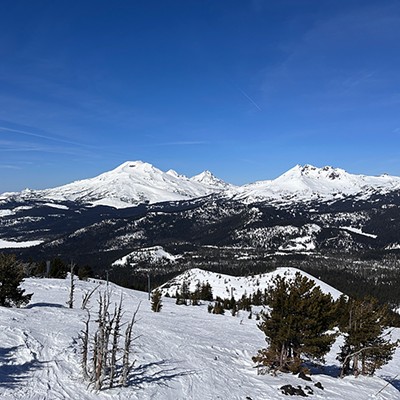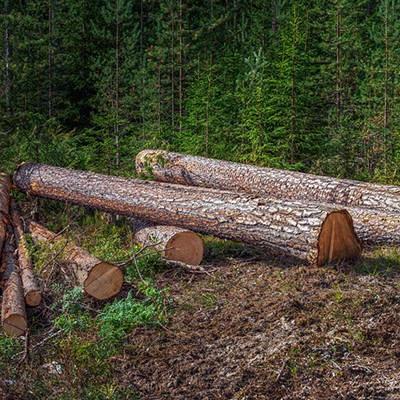In recent years, e-bikes have exploded onto the cycling scene. Parents use them to commute with their kids. People with more limited mobility embrace them as a way to get outside on two wheels. And around the country, an increasing number of trail-network managers have begun to allow limited types of them, even on singletrack trails.
Here in Bend, the notion of allowing e-bikes on the singletrack can be met with a lot of emotion. Purists might contend it's a bit like cheating — using assistance to power up a trail, or going faster than one might otherwise go. But those who look at it from an equity lens tend to say that it's a way to allow "access to and experience of nature."
That "access and experience" is a value of the U.S. Forest Service, and it's among the reasons that leaders from the Deschutes National Forest are now asking the public to weigh in on whether to allow a certain class of e-bikes on singletrack trails in the Phil's Trail and Wanoga networks west of Bend, along with trails in Sunriver and the Peterson Ridge area near Sisters.
An important part of the proposal is the class of bike that would be allowed. These are not the full-throttle type of bikes that might currently be buzzing past you in the bike lane, no pedaling in sight. Class 1 bikes are pedal-assist bikes, allowing the cyclist to get some help, but they still require human pedal power.
Deciding where to land on this issue has been a tough one for us, who count ourselves among the legions of cyclists who know and love the singletrack trails of Bend intimately. We've seen over the years how increased activity in the popular Phil's network has made the trails get sandier and wider, earlier in the season. We've noted the increased trash. We've observed the massive increase in dispersed camping all inside the Phil's network. These are the things longtime locals observe in a growing community — that feeling of being crowded by the many people who, upon visiting this region, fall in love and want to either move here or just spend a lot more time here. The numbers bear it out, too; in 2013, the Deschutes National Forest had 1.9 million visitors. By 2018, that number had ballooned to 3.2 million visitors, according to DNF's e-bikes recreation report. All of this makes us want to say, "no more, we're full, let the e-bikers ride the many gravel roads that crisscross the forest."
Except.
Even five years ago, deciding whether to allow e-bikes on singletrack trails was more of a philosophical argument. Were we back there, where there was less data about the impacts of e-bikes in other recreation areas, we might have stuck with that hard no. Now, though, there's information that points to the possibility of this working. In other areas where Class 1 e-bikes have been allowed in recent years, land managers have found few problems with allowing them — so long as the requisite amount of education and signage is in place. Studying the impacts at other singletrack areas that allow e-bikes also found that it didn't necessarily result in more wear-and-tear on the trails.
Research shared by DNF found that "there is not a linear relationship between trail use volume and these core trail maintenance tasks. If those tasks are completed on cycle, the trend of increasing use does not translate to much additional workload for these core maintenance tasks."
Central Oregon Trail Alliance is the trail building and maintenance nonprofit that maintains many of the local Forest Service trails where e-bikes are not currently allowed. But it also maintains the Redmond Radlands and the Madras East Hills trail systems, where e-bikes are allowed. In a position statement on its website, COTA noted, "We have found that maintenance needs are similar to other systems and no rider conflicts have been reported."
In terms of speed variations between e-bikers and those on analog bikes, COTA noted, "Other trail systems who have transitioned to allowing class 1 pedal-assist e-bikes did see an average increase in speed, but it wasn't outside the range of human performance. The Tahoe National Forest, which did an extensive study of these bikes, cited an uphill range of 5-8 mph for regular bikes and 8-13 mph for class 1 e-bikes."
Digging into the data — and looking at the position of the people who commit themselves to maintaining our local trail networks — makes it tough, even for longtime mountain bikers, to dismiss this notion out of pocket. Mountain biking is a dangerous sport, and regardless of pedal-assist, is not necessarily for the frail — but who are we to say who belongs and who doesn't, when the data shows little extra trail maintenance and minimal user conflicts?
With that, we're not going to tell you to go comment on the Forest Service proposal in one fashion or another. What we will say instead is that a bit of education might help inform what type of comment you make.
The comment period for the e-bike proposal is open through the end of July. Find it at: fs.usda.gov/project/deschutes/?project=66475.

